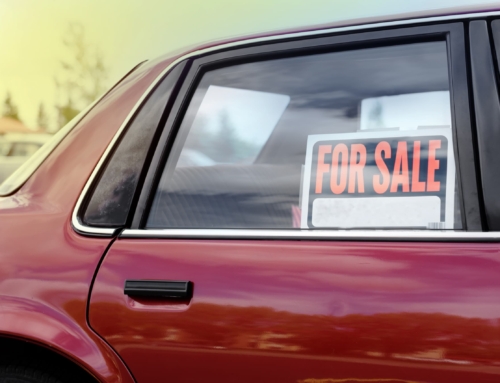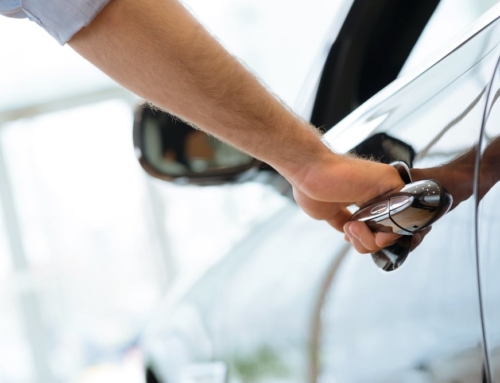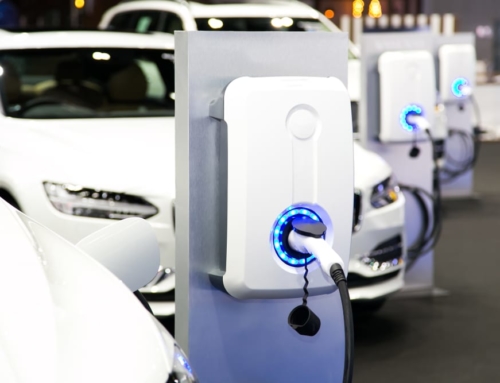When you’re saving money to buy a car, it can be difficult to figure out exactly how much to budget for a down payment.
If you don’t make a down payment at all, or if you make only a small one, you may have a longer loan term and higher interest than you would have if you had put more money down.
How much should I put down on a car?
It’s a good idea to put down 10 percent to 20 percent. However, the more you put down, the lower your interest will be, so 50 percent would be even better.
If you can only afford a small down payment (10 percent instead of 40 percent, for example), you’re in luck. Today’s rates are hovering near historic lows, so you’re going to pay a relatively small amount in interest.
Do I need to have a down payment?
You don’t need to have a down payment, but it’s smart to put at least some money down. As soon as you drive a new car off the lot, its value drops. Without a down payment, the car’s value will fall below what you paid as soon as you drive it home, and you’ll be upside down on your loan.
If you get into an accident while you’re upside down on your loan, your insurance company may not reimburse you for as much as the value of the loan. That means you’ll still owe the difference, with or without the car.
What if I decide not to put money down?
If you decide not to pay a down payment and instead pay a higher interest rate, you may want to consider gap insurance until you are right-side up on your loan.
Auto insurance is meant to cover the actual cash value of your car (its original value minus the amount it has depreciated). This may not help you if your vehicle is totaled while you’re upside down on the loan.
For example, if you purchased a car for $25,000 with no money down and the vehicle is totaled in an accident three months later, your auto insurance company may offer to pay $20,000. But because you bought the car with no money down and have only had it for a few months, you still owe $24,000, and you are still responsible for that amount even though the car is now totaled.
That leaves you to pay the $4,000 out of pocket—in addition to your auto insurance premiums.
Gap insurance is intended to pay the difference between what you still owe on the car and what the insurance company will pay for it (in this case, $4,000).
If you’re leasing a car, have a finance term of more than 60 months, or are putting less than 20 percent down, gap insurance could really be worthwhile. If something were to happen to the vehicle, you are insured for the value of the car when you purchased it. This might save you a significant amount of money if you’re in an accident.
The bottom line: If you can afford to put money down, do it. You’ll save money in the long run by paying less in interest over a shorter period of time.





